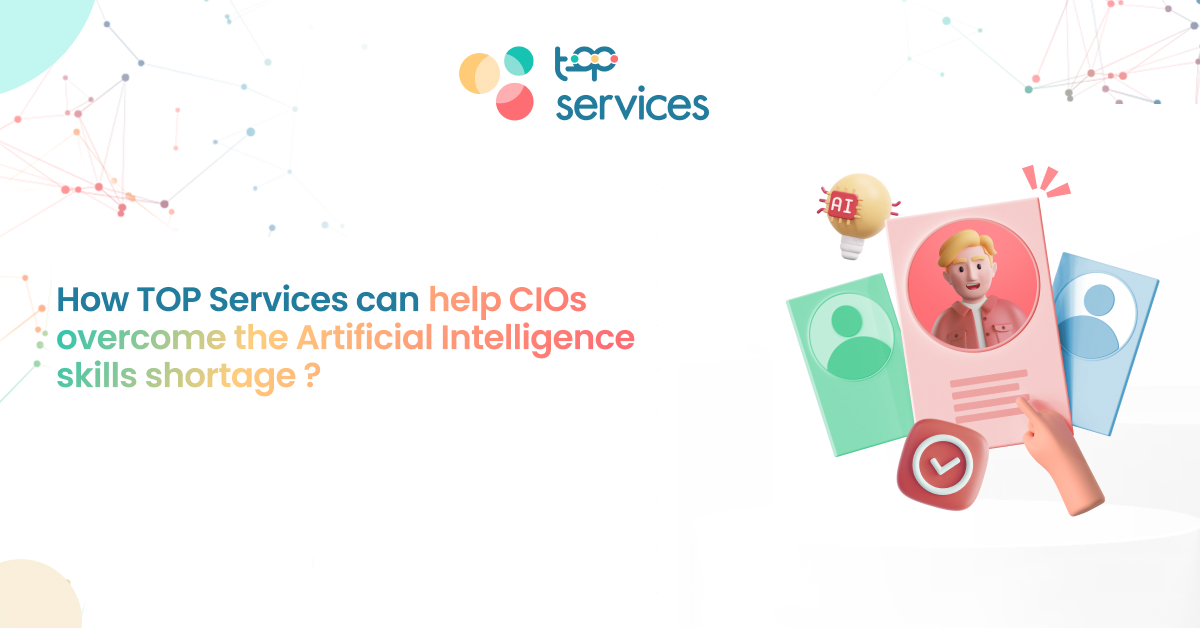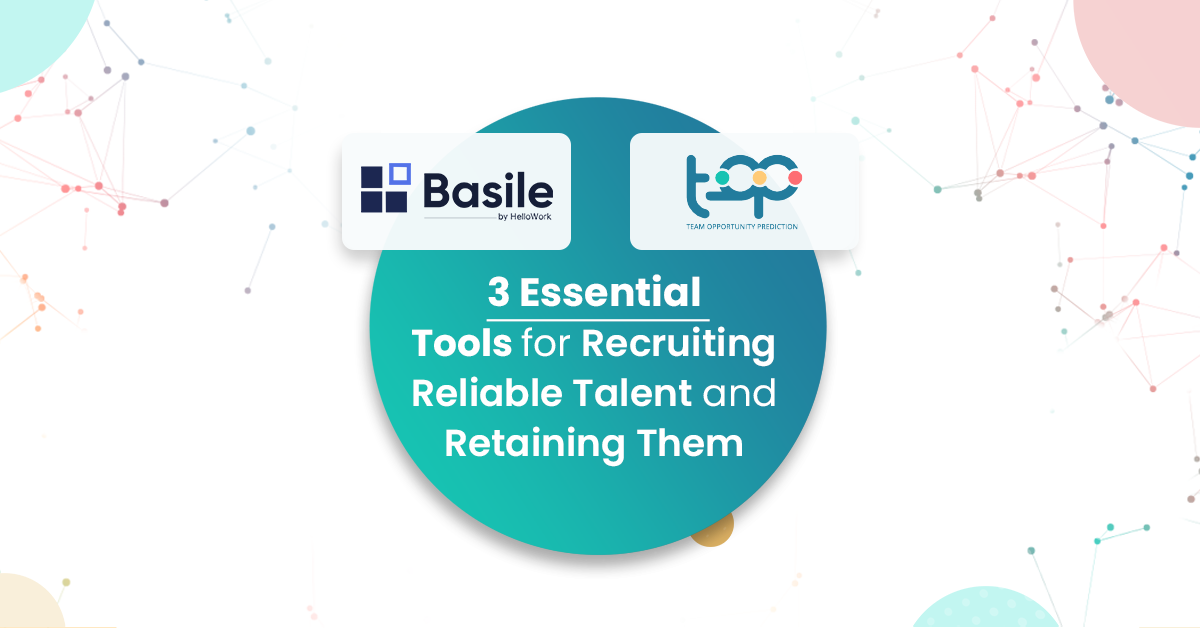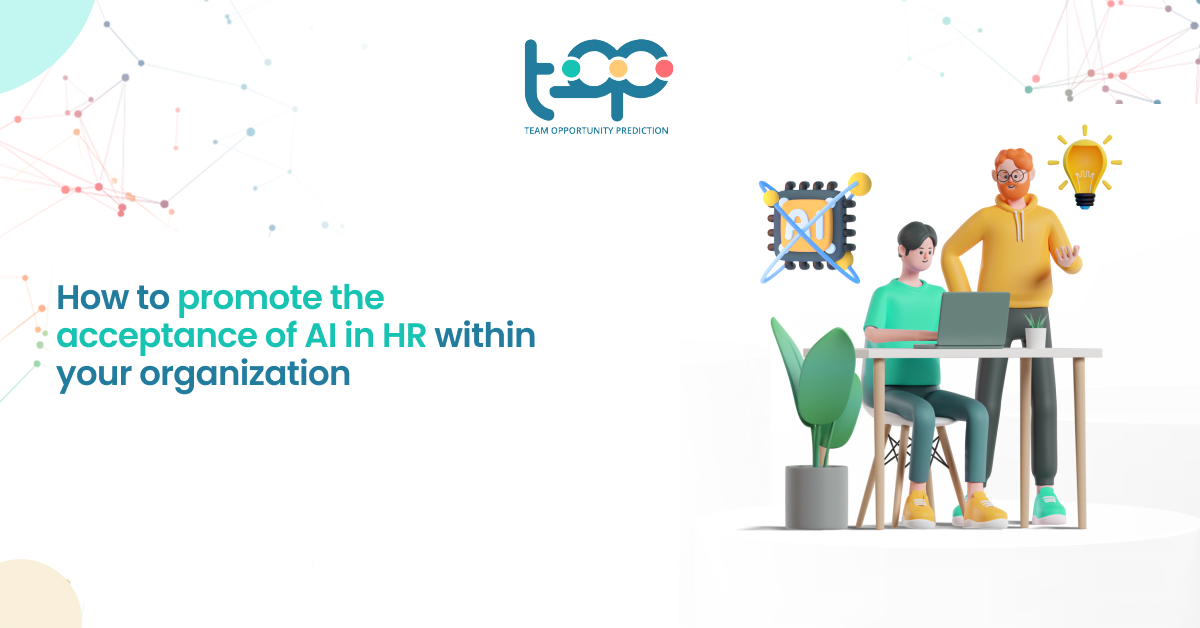Turnover is an increasingly common phenomenon in companies, it refers to the percentage of recruited employees versus those who have left the company over a given period of time. Turnover has a significant impact on social cohesion and the work environment within companies. It is essential to analyze the causes of this phenomenon in order to identify the roots of the problem that leads many employees to leave their company in a short period. The results of these analyses will help better understand its origin and implement corrective actions to prevent its escalation.
Calculation of the turnover rate:
This indicator can reveal a company’s ability to retain its employees in the long term. To measure it accurately, the following formula should be applied:
Step 1: (Number of departures + number of arrivals in a year) / 2
Step 2: Step 1 / workforce on January 1 of year N
Step 3: Step 2 x 100
The result obtained is in percentage (%).
For example:
Between January 1 and December 31 of year N, 105 employees left the company, and 122 employees were hired in a company with a workforce of 350 employees.
Turnover rate for year N = [ [(105+122)/2] / 350] x 100 = 32.43 The turnover rate for this year is 32.43%.
Main causes of Turnover:
Managing the turnover rate has become a major concern for Human Resources departments. To address this phenomenon, HR must identify the main causes that explain the frequent turnover of staff. Here is a non-exhaustive list of the causes behind turnover:
- Poor working conditions.
- Inadequate remuneration.
- Lack of career advancement prospects.
- Dysfunction in management.
- Lack of recognition.
- Lack of promotion and employee follow-up.
- Burnout or professional exhaustion syndrome.
- Poor team relationships.
Many sectors are affected by turnover, with some being more impacted than others. Industries such as IT, hospitality, and biomedical have experienced particularly high turnover rates in recent years.
Although the phenomenon is known, especially in the DSP (Digital Service Providers) market, post-pandemic turnover rates have reached unprecedented levels. Today, the turnover rate within a DSP is estimated to be between 20% and 30% on average. One explanation is that employees have changed their work aspirations, with an increasing focus on quality of life at work. Another reason is related to the shortage of talent and the high demand for qualified employees in this sector, creating strong market tension and resignations.
Solutions to reduce turnover:
In general, various actions are known to HR departments to reduce turnover rates. These actions are closely related to management and the quality of work life. Some best practices include:
- Practicing active listening
- Establishing a climate of benevolence
- Advocating empathy
- Ensuring employee follow-up
- Guaranteeing career progression
- Transitioning to enhanced management
Digital solutions to measure and reduce turnover:
The turnover issue can also be addressed through digital tools. Various HRIS or SaaS solutions allow the measurement of turnover rates and the collection of information related to this issue. T.O.P, for example, implements AI, predictive analysis, and data science to measure turnover, understand it, and propose corrective actions for its reduction. Some functionalities made possible by these technologies include:
- Real-time measurement of turnover rates
- Real-time analysis of employee data
- Providing an alert system for any risk of resignations
- Assisting in managerial decision-making
- Identifying the causes of future resignations
- Suggesting corrective and preventive actions
- Estimating the duration of collaboration for each employee
Conclusion:
Knowing the turnover rate is crucial for companies today. This indicator can reveal dysfunction within the company, and its control is a good way to ensure the sustainability of its teams. Various solutions allow for easy tracking of its evolution. Artificial intelligence and data science now enable a better understanding of the reasons behind turnover and, consequently, effective action for its reduction.
At T.O.P, this topic is one of our priorities. If you want to discover how we mobilize technology to reduce company turnover, click here.






